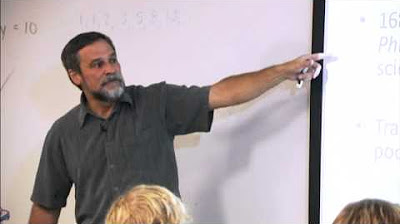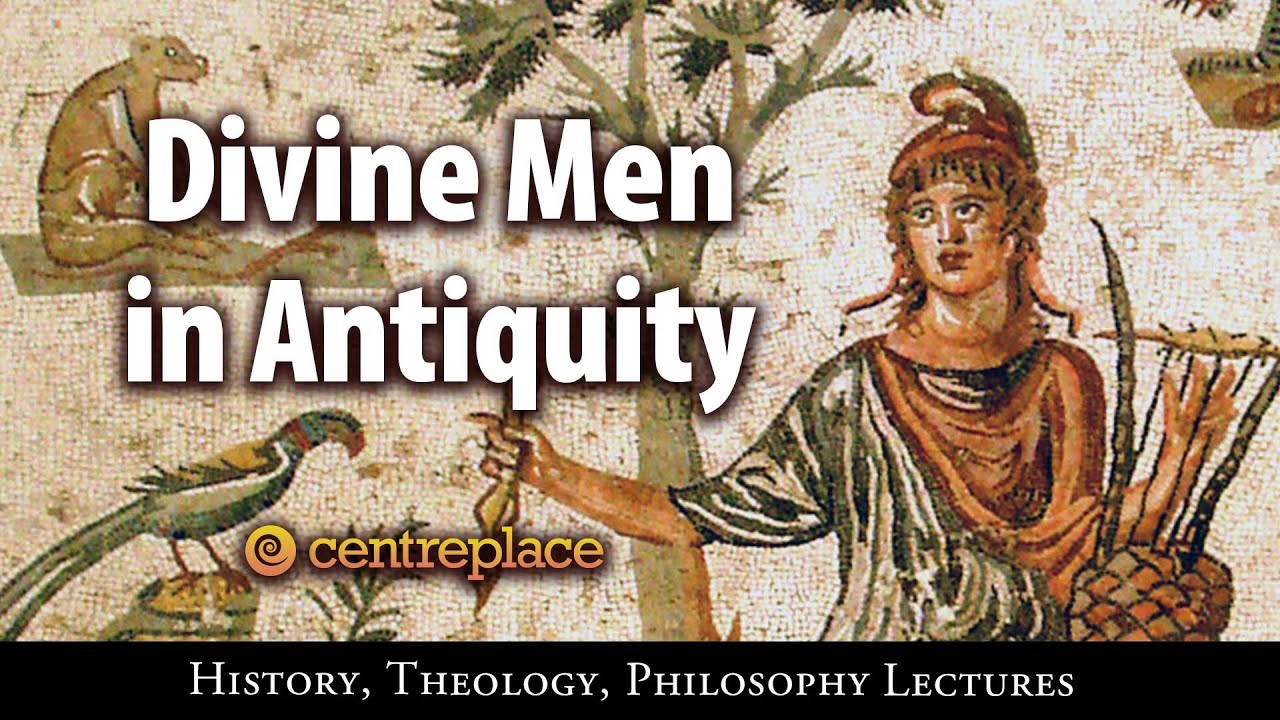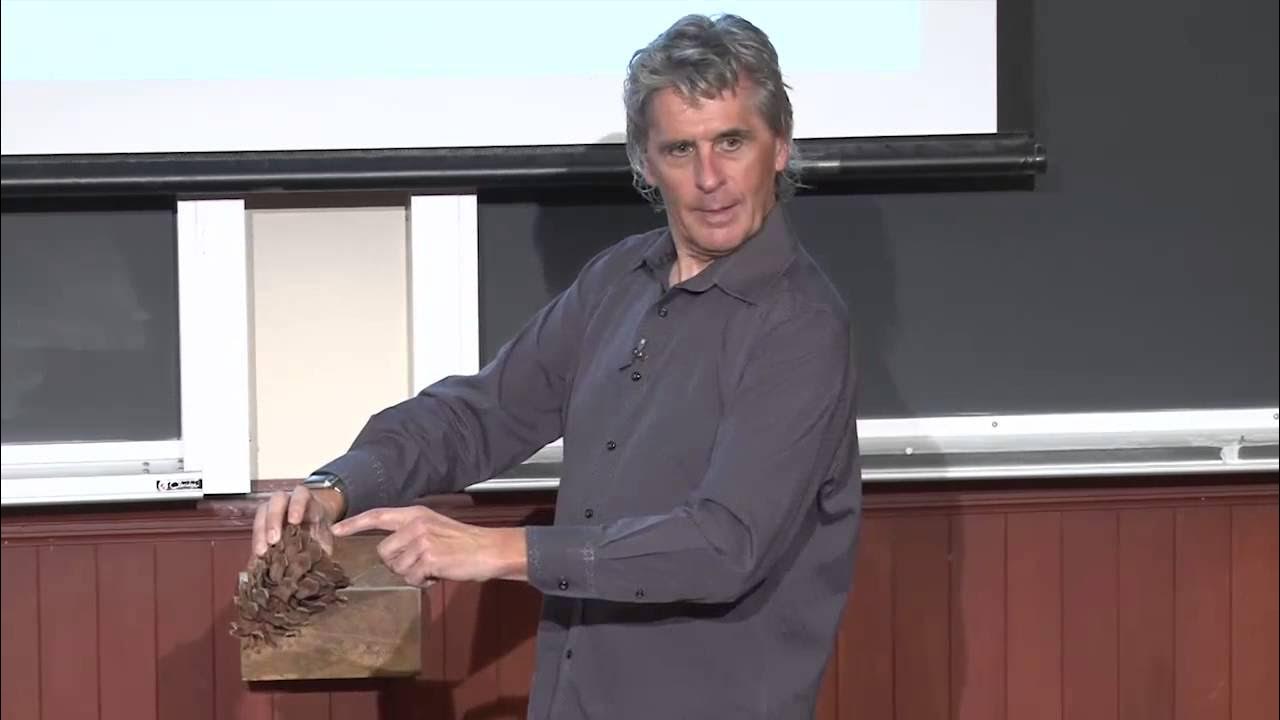The HISTORY of MATHEMATICS. Documentary
TLDRExploring the rich tapestry of mathematical history, this narrative journeys from ancient civilizations to modern Europe, unveiling the evolution of mathematical concepts. It highlights the fundamental role of patterns and sequences in understanding our world, from the Nile's flooding in ancient Egypt, which spurred early mathematical thought, to the complex equations solved by civilizations across India, China, and the Islamic empire. The story showcases the pivotal moments and figures in mathematics, including Fibonacci's sequence, Tartaglia's formula for cubic equations, and the introduction of zero and negative numbers. This profound exploration reveals mathematics as a universal language, shaped by diverse cultures, that continues to evolve and influence our understanding of the universe.
Takeaways
- 😲 The ancient Egyptians were early innovators in mathematics, using geometry and numbers to make sense of patterns in the world around them.
- 😃 The Babylonians developed a sophisticated number system using base 60 and were adept at solving practical mathematical problems.
- 😎 The Greeks pioneered the use of deductive logic and formal proof in mathematics, establishing its foundations as an analytic subject.
- 🧮 The Chinese made early advancements like the decimal place-value system and negative numbers long before they were discovered in the West.
- 🔢 The Indians transformed zero from a placeholder into a number, developing the decimal number system we use today.
- 🌟 Indian mathematicians excelled at abstract approaches, making breakthroughs in solving equations and trigonometry.
- 🌠 Islamic scholars preserved and translated ancient texts, while also advancing algebra as a powerful new mathematical language.
- 📏 Fibonacci brought Hindu-Arabic numerals to Europe, while Tartaglia cracked the cubic equation after centuries of failed attempts.
- 🚀 With growing contact between East and West, mathematical knowledge spread globally, fueling further discoveries.
- 🎓 The intercultural transmission of ideas has been central to mathematics' development across history.
Q & A
What motivated the ancient Egyptians to develop mathematical concepts?
-The ancient Egyptians were motivated to develop mathematical concepts to administer their growing settlements, calculate areas for farming, predict crop yields, and manage taxes.
How did the concept of zero evolve, and which civilization played a key role in its development?
-The concept of zero evolved from a placeholder to a number in its own right, with the ancient Indians playing a key role in its development by using it in calculations and theoretical mathematics.
What is the significance of the Rhind Mathematical Papyrus?
-The Rhind Mathematical Papyrus is significant because it provides insight into Egyptian mathematics, including their methods of multiplication, division, and understanding of fractions and geometry.
How did Fibonacci contribute to Western mathematics?
-Fibonacci contributed to Western mathematics by introducing the Hindu-Arabic numeral system to Europe through his book, facilitating easier calculations and influencing European mathematics significantly.
What role did mathematics play in Islamic culture, and who was a key figure in this context?
-In Islamic culture, mathematics was crucial for various aspects like calculating prayer times and architectural design. Muhammad Al-Khwarizmi was a key figure, known for his contributions to algebra and the Hindu-Arabic numeral system.
What is a Fibonacci sequence, and where can it be observed in nature?
-The Fibonacci sequence is a series of numbers where each number is the sum of the two preceding ones. It can be observed in nature in patterns such as the arrangement of leaves on a stem or the fruitlets of a pineapple.
How did the ancient Babylonians contribute to mathematical development?
-The ancient Babylonians contributed to mathematical development by creating a place-value system based on the number 60 and making advancements in geometry, algebra, and understanding astronomical phenomena.
What was the impact of Madhava's work in mathematics?
-Madhava's work in mathematics was impactful as he developed infinite series for pi and trigonometric functions, laying the groundwork for calculus and significantly advancing mathematical analysis.
How did the Chinese approach to mathematics differ from that of the Greeks?
-The Chinese approach to mathematics was more practical, focusing on problem-solving and applications in civil administration, while the Greeks emphasized theoretical mathematics and geometric proofs.
What is the significance of the Chinese remainder theorem?
-The Chinese remainder theorem is significant because it introduced a systematic way of solving a set of congruences, which has applications in number theory, algebra, and computer science, including cryptography.
Outlines
🌍 The Essence of Mathematics
This paragraph introduces the concept that the world is filled with patterns and sequences, leading to the birth of mathematics as a means to make sense of these natural phenomena. Mathematics, grounded in the basic concepts of space and quantity, is portrayed as a fundamental survival tool, not just for humans but also for animals in assessing threats and opportunities. The narrative then transitions to the significance of the River Nile in the development of early mathematical concepts in Egypt, highlighting how agriculture, religion, and the need for administrative organization propelled the Egyptians towards mathematical innovations, including the establishment of a calendar and units of measurement based on the human body.
🏺 The Evolution of Egyptian Mathematics
The second paragraph delves into the Egyptian approach to mathematics, illustrating their problem-solving skills through the preservation of papyrus records, such as the Rhind Mathematical Papyrus. It discusses the Egyptian method of multiplication and division, revealing their understanding of binary numbers, and connects ancient mathematical practices to modern technological principles. Furthermore, the narrative explores the Egyptians' approach to practical problems, such as dividing loaves of bread, and their development of abstract mathematics, including the introduction of fractions and the mathematical significance of the Eye of Horus.
📐 Geometric Insights and the Pyramids
This paragraph focuses on the geometric achievements of ancient Egyptians, particularly their calculations involving the circle and the pyramid. It describes the Egyptians' method for approximating the area of a circle, which inadvertently provided an accurate value for pi. The discussion extends to the architectural grandeur of the pyramids, suggesting a connection between their design and mathematical concepts like the golden ratio and Pythagoras' theorem, albeit recognizing that these associations are speculative and not conclusively proven through historical evidence.
✨ Babylonian and Greek Mathematical Innovations
The fourth paragraph transitions to the mathematical advancements in Babylon and Greece. It outlines the Babylonian contributions to geometry and algebra, highlighting their use of clay tablets for educational purposes and their development of a base-60 number system. The narrative then shifts to the Greeks' innovative approach to mathematics, emphasizing their development of deductive reasoning, the concept of proof, and the establishment of axioms and theorems that remain foundational in mathematics today.
📘 Euclid's Legacy and Archimedean Insights
This paragraph celebrates the contributions of Euclid and Archimedes to mathematics. Euclid's work, 'The Elements,' is recognized for its systematic presentation of geometric principles and proofs, establishing a logical structure that underpins modern mathematics. Archimedes is portrayed as a visionary who applied mathematical principles to calculate areas and volumes, showcasing the enduring relevance of their work in both theoretical and practical contexts.
🌟 The Mathematical Renaissance in the East
The narrative shifts to the East, acknowledging the significant mathematical developments in ancient China and India. It discusses China's early adoption of a decimal place-value system and the invention of the concept of zero in India, which revolutionized mathematics. The summaries of ancient Chinese mathematics highlight its practical applications in astronomy and daily life, while Indian contributions are noted for their abstract thinking and the development of algebra and trigonometry.
🔢 The Spread of Eastern Mathematics to the West
This paragraph discusses the transmission of Eastern mathematical knowledge to the West through the Islamic empire. It highlights the role of the House of Wisdom in Baghdad in preserving and enhancing ancient mathematical texts, and the introduction of Hindu-Arabic numerals and algebra to Europe. The narrative acknowledges the contributions of mathematicians like Fibonacci in Italy for promoting these advancements, which laid the groundwork for future mathematical developments in Europe.
🌐 The Fusion of Eastern and Western Mathematical Traditions
The concluding paragraph reflects on the blending of Eastern and Western mathematical traditions, leading to significant breakthroughs such as the solution to cubic and quartic equations in Europe. It recognizes the contributions of mathematicians from different cultures and eras, emphasizing the global nature of mathematical discovery and the interconnectedness of human intellectual history. The narrative suggests that this fusion of ideas propelled the mathematical revolution that continues to shape our understanding of the world.
Mindmap
Keywords
💡Patterns and Sequences
💡Mathematics
💡Ancient Egypt
💡Hieroglyphs
💡Rhind Mathematical Papyrus
💡Binary System
💡Babylonians
💡Algebra
💡Fibonacci Sequence
💡Cubic Equations
Highlights
Mathematics began as a way to make sense of natural patterns.
Basic concepts of math, such as space and quantity, are innate to both humans and animals.
The River Nile's flooding was central to the development of Egyptian mathematics for agriculture and administration.
Egyptians innovated in mathematics by recording calculations on papyrus, leading to early number systems.
The Rhind Mathematical Papyrus is a key document for understanding ancient Egyptian mathematics.
Ancient Egyptians used a decimal system based on the 10 fingers, lacking the concept of place value.
The concept of zero and negative numbers was utilized by ancient mathematicians for solving equations.
Greek contributions to mathematics included the development of deductive reasoning and proof.
Fibonacci introduced the Hindu-Arabic numeral system to Europe, revolutionizing mathematics.
The Fibonacci sequence demonstrates the prevalence of mathematical patterns in nature.
The invention of algebra by Muhammad Al-Khwarizmi marked a major advancement in mathematical language.
Omar Khayyam developed methods to solve cubic equations, blending poetry with mathematics.
The mathematical competitions of the Italian Renaissance led to significant discoveries in solving cubic and quartic equations.
The collaboration and conflict between mathematicians Tartaglia, Cardano, and Ferrari highlighted the competitive nature of mathematical discovery.
The work of Indian mathematicians on infinite series predates similar discoveries in the West, showcasing the global nature of mathematical innovation.
The concept of zero, developed in India, revolutionized mathematics by introducing a new way of representing nothingness as a numerical value.
Transcripts
Browse More Related Video

50 Centuries in 50 minutes (A Brief History of Mathematics)

Ancient Egypt | Early Civilizations | World History | Khan Academy

Chapter 09 - World History, Vol. 1 - OpenStax (Audiobook)

How Imaginary Numbers Were Invented

Divine Men in Antiquity

2. The Golden Ratio & Fibonacci Numbers: Fact versus Fiction
5.0 / 5 (0 votes)
Thanks for rating: